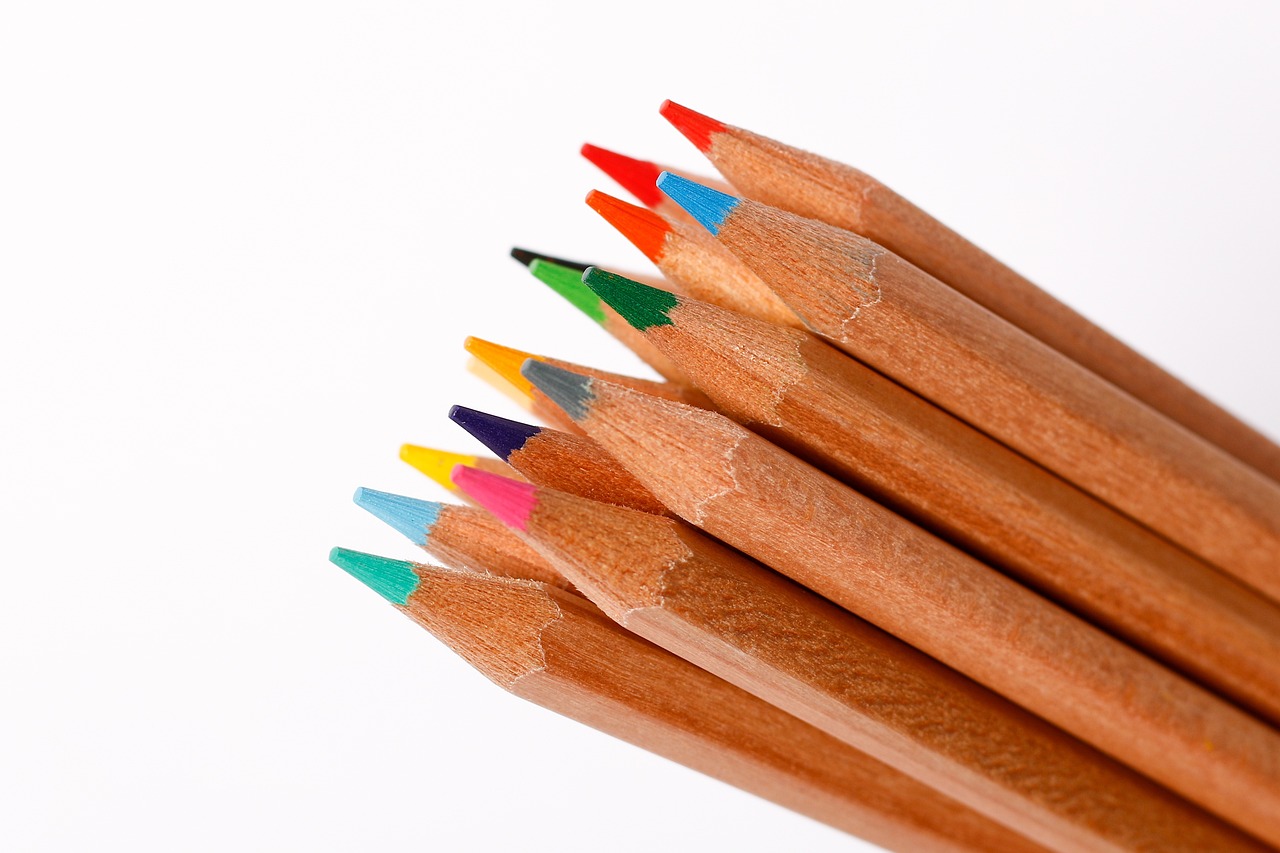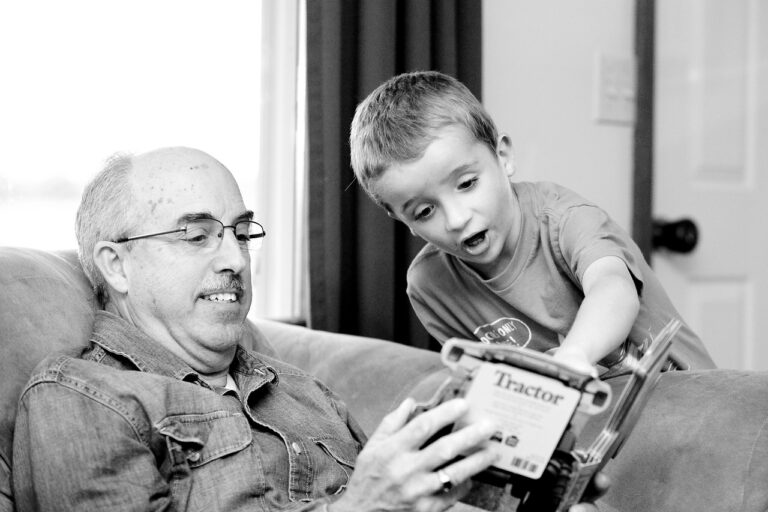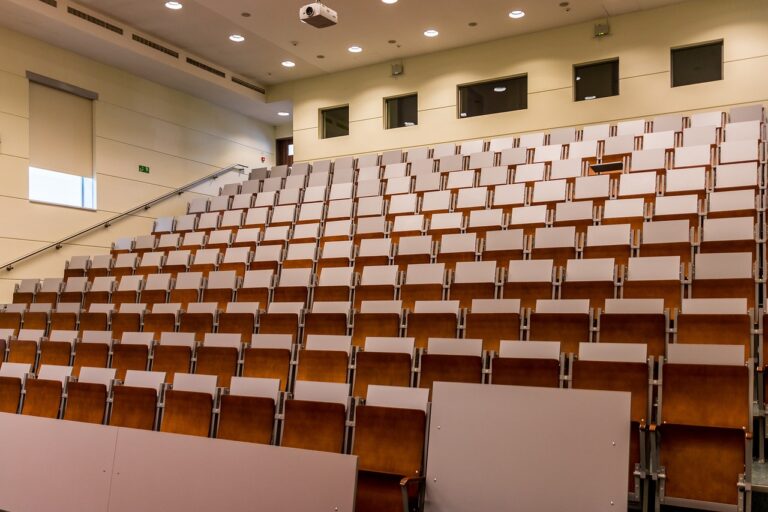Implementing Culturally Sustaining Pedagogies in Diverse Classrooms
As society becomes more diverse, classrooms are increasingly filled with students from various cultural backgrounds. This cultural diversity can lead to challenges in education, particularly when there is a disconnect between the cultural norms of students and educators. Misunderstandings and conflicts may arise, affecting student engagement and academic success.
Cultural dissonance can manifest in different ways, such as communication barriers, misinterpretation of behaviors, and conflict resolution styles. Teachers must be aware of these potential challenges and actively work to bridge the cultural gap in their classrooms. By fostering a culturally inclusive environment, educators can help students feel valued and respected, ultimately enhancing their learning experience.
• Communication barriers can arise due to differences in language proficiency or communication styles.
• Misinterpretation of behaviors may occur when cultural norms are not understood or recognized by educators.
• Conflict resolution styles vary across cultures, leading to misunderstandings and unresolved conflicts in the classroom.
• Teachers should actively work to bridge the cultural gap by incorporating diverse perspectives into their curriculum and promoting open dialogue about cultural differences.
• Creating a culturally inclusive environment can help students feel accepted and supported, leading to improved academic performance and overall well-being.
Understanding the Importance of Cultural Relevance in Teaching
Cultural relevance in teaching is crucial for creating an inclusive and supportive learning environment. When educators incorporate students’ cultural backgrounds into their teaching practices, it enhances students’ sense of belonging and engagement in the classroom. Recognizing and valuing the diversity of students’ experiences allows for a more meaningful and enriching educational experience for everyone involved.
By integrating culturally relevant practices into teaching, educators can foster a deeper connection with their students and create a more equitable learning space. This approach helps to validate students’ identities and experiences, ultimately empowering them to succeed academically and personally. Embracing cultural relevance in teaching promotes respect for different perspectives and encourages a collaborative and inclusive educational community.
Addressing Bias and Stereotypes in the Classroom
Being aware of the biases and stereotypes present in the classroom is essential for creating an inclusive and welcoming learning environment. Teachers must actively seek to address these issues by fostering open discussions and encouraging students to challenge their own assumptions. By promoting empathy and understanding among students, educators can help prevent discriminatory behavior and promote respect for all individuals.
One effective way to address bias and stereotypes in the classroom is through the incorporation of diverse perspectives in the curriculum. By including materials that represent different cultures, experiences, and identities, teachers can help students develop a broader understanding of the world around them. This approach not only provides a more comprehensive education but also helps promote cultural relevance and appreciation among students.
What is cultural dissonance in education?
Cultural dissonance in education refers to the clash or conflict that can arise when a student’s cultural background or experiences do not align with the cultural norms and values present in the educational setting.
Why is cultural relevance important in teaching?
Cultural relevance in teaching is important because it helps create a more inclusive and engaging learning environment for students from diverse backgrounds. It also allows educators to connect with students on a deeper level and helps students feel valued and respected.
How can bias and stereotypes impact the classroom?
Bias and stereotypes can create a hostile or unwelcoming environment for students who do not fit into the dominant cultural narrative. This can lead to lower academic achievement, decreased motivation, and a lack of engagement in the classroom.
What are some strategies for addressing bias and stereotypes in the classroom?
Some strategies for addressing bias and stereotypes in the classroom include promoting cultural awareness and sensitivity, providing diverse learning materials and resources, encouraging open dialogue and discussion about stereotypes, and fostering a sense of belonging and acceptance for all students.







